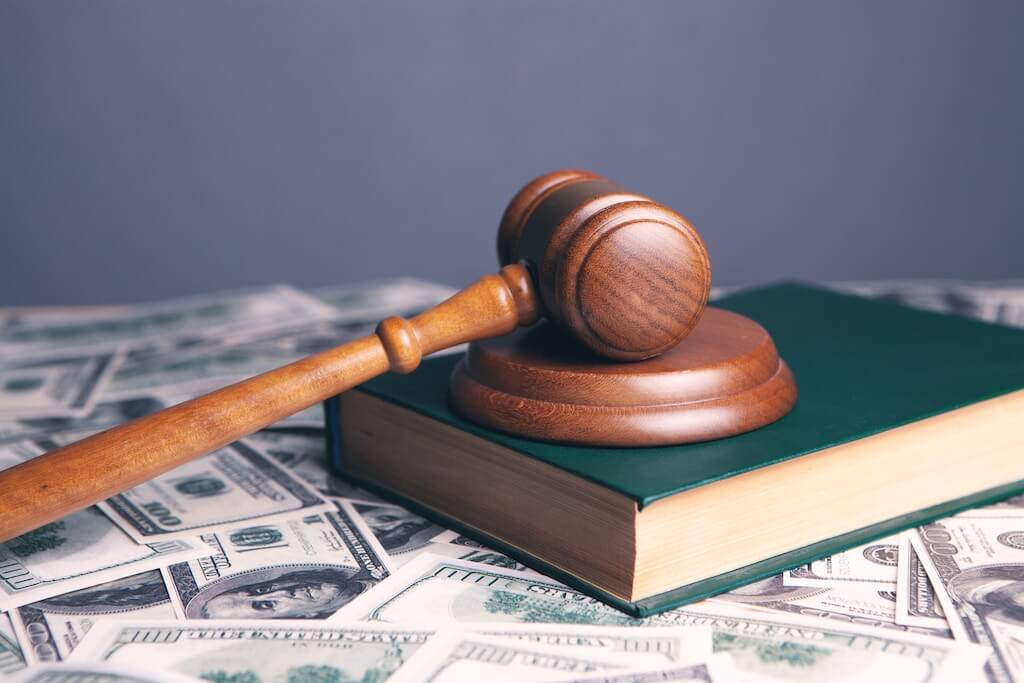Personal injury suits turn on a dime when it comes to the discernment of culpability and the affirmation of negligence to acquire due reparation for the victims. Delving into the matter, this elucidation sheds light on the pivotal role of negligence in such legal battles. Mastering the intricate legalities of negligence, together with a strategically sharp approach, can dramatically uplift your prospects of a triumphant outcome.
Decoding Negligence in the Labyrinth of Personal Injury Law
The term “Negligence” pertains to an individual or entity’s lackadaisical attitude towards a sensible degree of caution, resulting in detriment to another person.
In the sphere of personal injury suits, the onus is generally on the defendant to exhibit a reasonable level of responsibility to prevent potential harm.
The concept of “Breach of Duty” comes into play when the responsible party neglects their responsibility, thereby causing injury to the complainant.
One must prove beyond doubt that the reckless actions of the defendant were the catalyst for the plaintiff’s injuries, to establish a case of negligence.
Ultimately, the plaintiff must corroborate that they endured damages such as healthcare bills, loss of income, or emotional suffering, due to the negligent behavior of the opposite party.
The Path to Proving Guilt in Personal Injury Lawsuits
Assembling relevant evidence is paramount in establishing guilt in personal injury cases. This could include snapshots of the incident site, first-hand witness accounts, surveillance videos, and police records.
Highlighting the exact duty of care that the accused failed to uphold under the particular circumstances.
Furnishing proof that the at-fault party didn’t live up to their responsibility, thereby leading to the plaintiff’s injuries.
Forge an irrefutable link between the negligent behavior of the defendant and the injuries borne by the plaintiff, asserting that the harm ensued as a direct result of the recklessness.
Document the damages experienced by the plaintiff, encompassing medical outlays, loss of income, and psychological trauma, to support the plea for compensation.
A Strategic Route to Winning Your Personal Injury Battle
Retaining a seasoned personal injury lawyer is the cornerstone of efficiently navigating the convoluted legal journey, safeguarding your entitlements, and maximizing your reparation.
Post-accident, it’s crucial to avail immediate medical aid and follow through with the advised treatment plan. This substantiates the gravity of your injuries and the requisite medical care.
Retain all pieces of evidence relevant to the accident and your injuries, as these will be crucial in piecing together a compelling case.
Exercise restraint in sharing details of your case or injuries on social networks, as these could potentially be turned against you.
Practice patience, as personal injury lawsuits can stretch out and grow complex. It’s critical to stay the course while your lawyer advocates for you or prepares your case for trial, if necessary.
In the realm of personal injury suits, negligence serves as the pivotal fulcrum, and mastering the art of proving guilt is indispensable to clinching victory. By methodically collating strong evidence, demonstrating the defendant’s breach of duty, and making a convincing case of causation, you can construct a compelling argument backing your plea for recompense. Moreover, by adhering to expertly curated strategies and teaming up with a proficient personal injury lawyer, you can substantially heighten your odds of triumph. Armed with the right acumen and resources, you can courageously traverse the legal landscape and clinch the compensation you rightfully deserve for your injuries.
